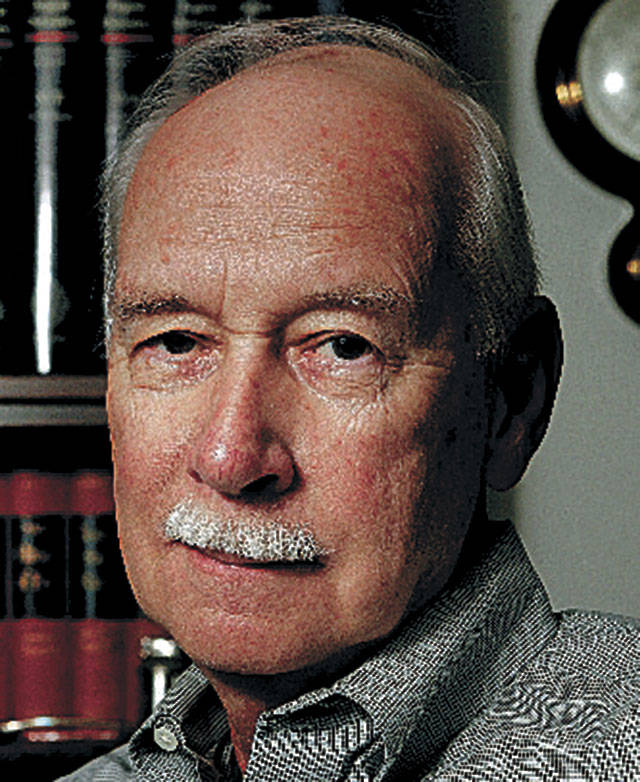When you throw a “natural” in a crap game, it simply means that the two dice total seven or 11 where you automatically win or two or three, where you automatically lose. Nature has nothing to do with it. It’s just a name we have used to describe it.
The “natural rate of unemployment” has no tie to Mother Nature, either. It is natural only in the sense that it is not the result of any conscious economic policy and is simply the name given to the rate of unemployment due to frictional elements and other inefficiencies in the job market. It is really the economy’s lowest level of inflation-free unemployment.
In today’s economy, the natural rate of unemployment presents a puzzle. Most puzzles in economics are dissected in the dusty corners of classrooms, offices, and economists’ minds. A few puzzles, though, end up in public, and even make headlines. The natural rate of employment is one of them.
As the “slo-mo” recovery went on, and accelerated in the past year or so, our unemployment rate approached what economists thought was the “natural rate” and just kept on falling — without significant price or wage increases.
The initial question in the puzzle, and certainly the most pressing, is this: why haven’t wages gone up as the job market tightened? Is it the same reason that consumer prices haven’t gone up as fast as the economic recovery either? Or do consumer prices have their own separate causes?
Economic models have relied on some form of the Phillips Curve, which describes the relationship between the unemployment rate and the inflation rate. The Phillips Curve is simple in concept; unemployment and inflation are clearly related. But like a lot of relationships, theirs can get complicated in real life. It’s not surprising then that the explanation economists have put forth for the missing increases in prices and wages have tended to be complicated, too, with all sorts of elevated math and tricky statistical analysis.
In today’s world, computers have taken much of the drudgery out of complexity in economic models, but it has proven to be no substitute for the cool, hard, knowledge-based logic of human thought.
Complexity isn’t always a good thing when it comes to understanding the economy, though. Sometimes it helps to simplify — and nobody does simplifying better than Brother William.
Back in the fourteenth century, when razors had only one blade, a clean-shaven British Franciscan friar named William of Occam developed the analytical device that we now call we now call “Occam’s Razor.” It had nothing to do with real razors, blades, or shaving, and, for that matter, as far as we know he never called his logical approach a razor. But that’s history.
Occam’s Razor is a problem-solving principles also known as the “law of parsimony.” It states that, when presented with competing hypothetical answers to a problem, we should select the one that makes the fewest assumptions … in other words, the simpler explanation.
In the spirit of William of Occam, then, there might be a simple explanation to the employment-inflation puzzle.
John Maynard Keynes believed that one of the reasons why recessions persisted was that wages were “sticky” downward. Labor resisted wage cuts even if the buying power of the lower wage were the same as it was with the old wage. He was right.
Wages could also be “sticky” upward, which would result in increased employment without pushing wages up and creating inflation. This would be the case if changes in the workplace had caused the marginal wage to disappear into the average wage.
What has changed is that much of the service sector, which drives our economy, is dependent on entry level workers. Today’s employers, then, find themselves unable to raise wages for new workers without raising them for all workers … and probably for the workers’ leads and supervisors and managers also.
Faced with such a huge increase in labor costs, many employers calculate that it would put them out of business. They are naturally reluctant, then, to boost marginal wages — those paid to new workers — and wages become “sticky” upward.
If this simpler explanation is correct, the problem for economic policy makers, and especially for the Federal Reserve, is that it is acting like a cork in a champagne bottle, or a log jam on a river. When it bursts open, things get out of control in a hurry.
The Federal Reserve, which is pledged to stable prices, has a high-intensity problem of getting the timing right and cooling the economy just before the cork pops and inflation ruins the party.
Getting the timing right won’t be easy. Brother William of Occam never promised that that simple was easy; just more likely to be right.
James McCusker is a Bothell economist, educator and consultant.
Talk to us
> Give us your news tips.
> Send us a letter to the editor.
> More Herald contact information.

























